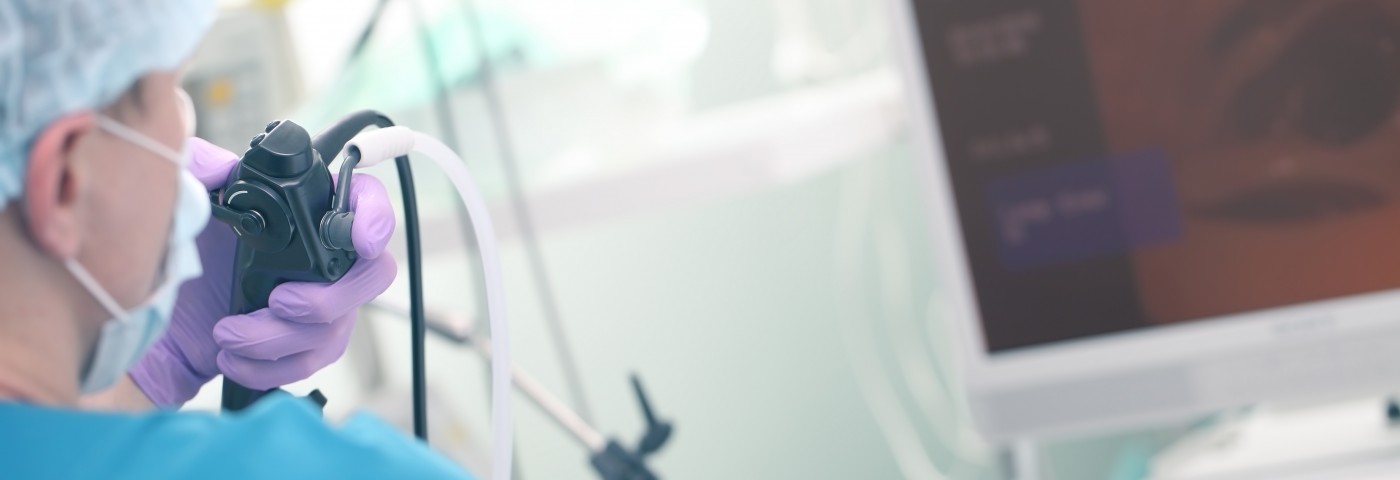Endoscopic sinus surgery to relieve nasal inflammation in bronchiectasis patients with chronic rhinosinusitis (CRS) positively influences health-related quality of life but does not seem to improve lung function, a study reports.
The study, “Effect of Endoscopic Sinus Surgery on Bronchiectasis Patients With Chronic Rhinosinusitis,” was published in the American Journal of Rhinology & Allergy.
Patients with bronchiectasis often have allergic rhinitis (stuffy or runny nose and sneezing due to allergies) or CRS (persistent inflammation of the nose and the surrounding cavities).
Endoscopic sinus surgery (ESS) is a minimally invasive surgery that removes the blockages from the cavities around the nose (sinuses) to open the nasal passages and relieve upper respiratory inflammation.
Previous studies have shown that in CRS patients with asthma, ESS alleviates asthma symptoms, in addition to easing nasal discomfort and improve the patient’s quality of life. The potential benefits of ESS in bronchiectasis patients with CRS, however, has not been thoroughly evaluated.
Researchers have now reassessed the treatment information for bronchiectasis patients who underwent ESS for CRS between 2006 and 2014 to gain insight on the impact of the procedure on health-related quality of life as well as pulmonary function.
They reviewed the medical records of 141 bronchiectasis patients (mean age of 47.22) who underwent ESS for CRS, and classified them into two groups based on the cause of bronchiectasis. Cystic fibrosis (CF) was the leading cause of bronchiectasis in 81 patients (57.45%), while the remaining 60 patients (42.55%) with other causes were designated as the non-CF group.
Sinonasal outcome test 22 (SNOT-22) was used to measure improvements in quality of life. SNOT-22 is a patient-reported test that assesses symptom severity and its impact on health-related quality of life by addressing the patients’ physical, functional, and emotional well-being. The higher the SNOT-22 score, the lower the patient’s health-related quality of life.
The test was administered before ESS (at baseline) and at three months, one year, and three years after the surgery.
Of the 141 patients, SNOT-22 baseline scores were available for 95 patients. At three months post-surgery, data were available for 90 patients, at one year for 54 patients, and at three years for 38 patients.
Overall, ESS was found to significantly improve the patients’ health-related quality of life, as observed by a marked reduction in SNOT-22 scores post-surgery. Compared with the mean SNOT-22 score of 48.73 at baseline, the three-month score was 26.91; at one year, it was 30.3; and at three years after ESS, it was 31.93.
The SNOT-22 score was significantly different between the CF and non-CF groups at baseline (44.39 versus 55.24), and at the three-month follow-up (21.98 and 34.31). There was no significant difference in the SNOT-22 score between the two groups at the one-year and three-year follow-ups.
Spirometry was used to assess the pulmonary function before ESS and at six months and one year post-surgery. The amount of air exhaled during a forced breath within one second (forced expiratory volume in one second, or FEV1), the total amount of air exhaled (forced vital capacity, or FVC) in an FEV test, and the FEV1/FVC ratio was recorded.
In this study population, pre-ESS pulmonary function test results were available for 80 patients, while data was available for 72 patients six months after the surgery, and 70 patients at the one-year follow-up.
Results showed that at baseline, FEV1 was 65.49, FVC was 77.39, and FEV1/FVC was 82.36. No significant change was reported at the six-month follow-up (66.07, 76.73, and 84.45), and one year after ESS (63.46, 73.84, and 83.30), suggesting the surgery did not improve lung function parameters.
“In conclusion, ESS is effective in improving long-term sinonasal outcomes in bronchiectasis patients with CRS. However, ESS does not appear to improve the pulmonary function,” the researchers wrote.

